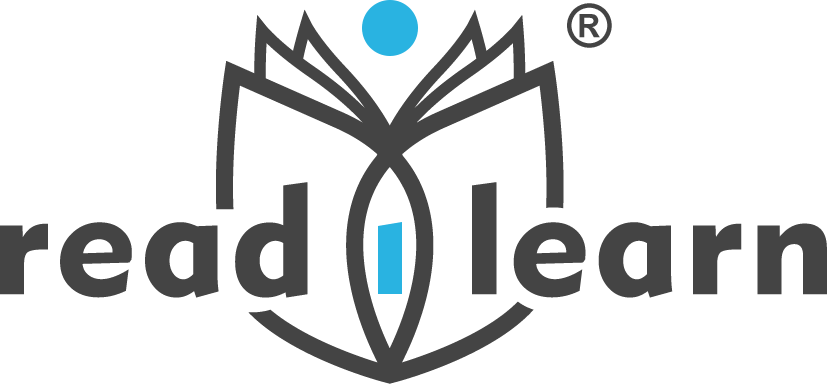About readilearn

Online resources for educators
readilearn resources are designed for use with learners of about 5 to 7 years of age in their first three years of school. Teachers choose and use resources appropriate to their students’ needs.
Resources are also suited for use with students in the same age group who are being home educated, or for learners of all ages who are learning English as a second or other language, as well as for older children requiring additional support.
How it works
- Select and purchase individual premium resources.
- Subscribe for access to all resources.
- Check out the blog for teaching ideas and information about new and existing resources.
- Sign up to the newsletter to keep up-to-date with readilearn.
Note: Digital resources are accessed online when logged in.
readilearn resources include:
- digital interactive stories and lessons
- estories (digital stories)
- open-ended problem-solving activities
- readilessons (lessons ready to teach)
- printable activities
- teaching suggestions
- notes for distribution to parents
- and much much more!
New resources added throughout the year.
" If you teach children in their first three years of school and spend hours searching for or making teaching resources to use with your class, why not let readilearn lighten your workload and save you time to spend on other things."
We invite you to explore the site and try our free resources or purchase resources individually. However, most value is obtained through subscription. For just A$25 per year, that’s less than 50 cents per week or just a few cents for each resource, you can access all resources.
Subscribe now to start using the collection of readilearn early childhood teaching resources designed to lighten your workload.
Check out the blog for
- teaching ideas
- suggestions for using existing resources
- explanations of new resources
Sign up for the newsletter for all the latest from readilearn.
Acknowledgement of Country
I acknowledge the Traditional Custodians of the land on which I live and write, the Yuggera and Turrbal peoples, and all of the First Nations people of Australia. I acknowledge that they are the first educators and storytellers to have lived on this land we now call Australia.
I am proud to acknowledge that First Nations peoples have lived on and cared for this land for tens of thousands of years and that their cultures are the oldest living cultures in the world.
I sadly acknowledge that wrongs have been done to First Nations people since the coming of Europeans but am hopeful of a better future with the implementation of the Uluru Statement of the Heart.
In the spirit of reconciliation, I pay my respects to elders past, present and emerging wherever they have lived, are living and will live on this land.

